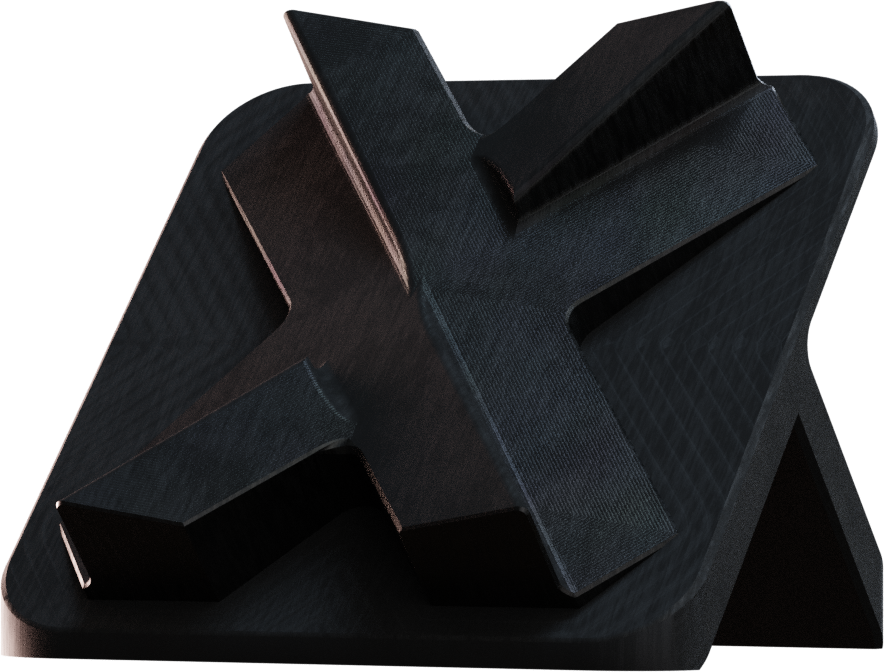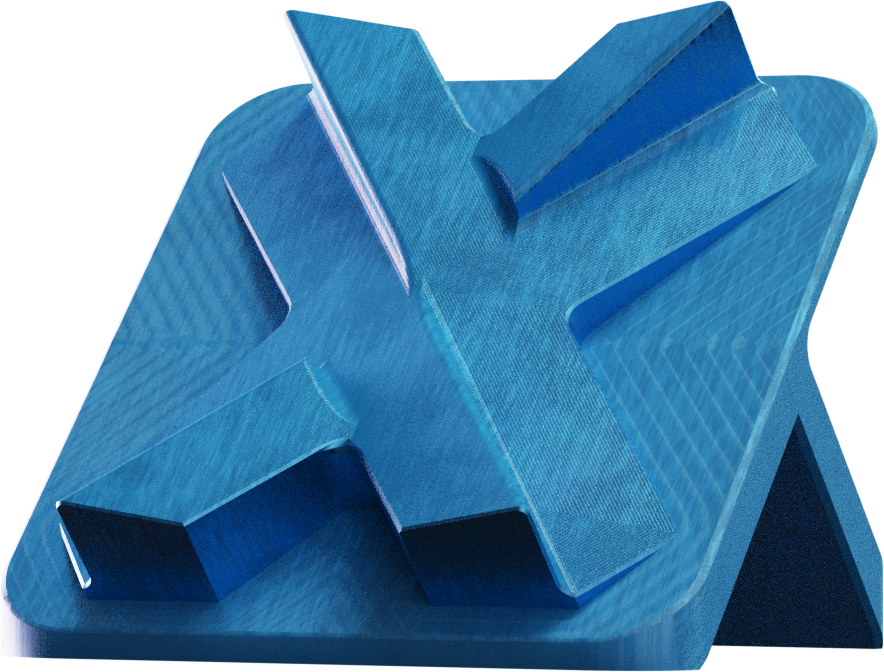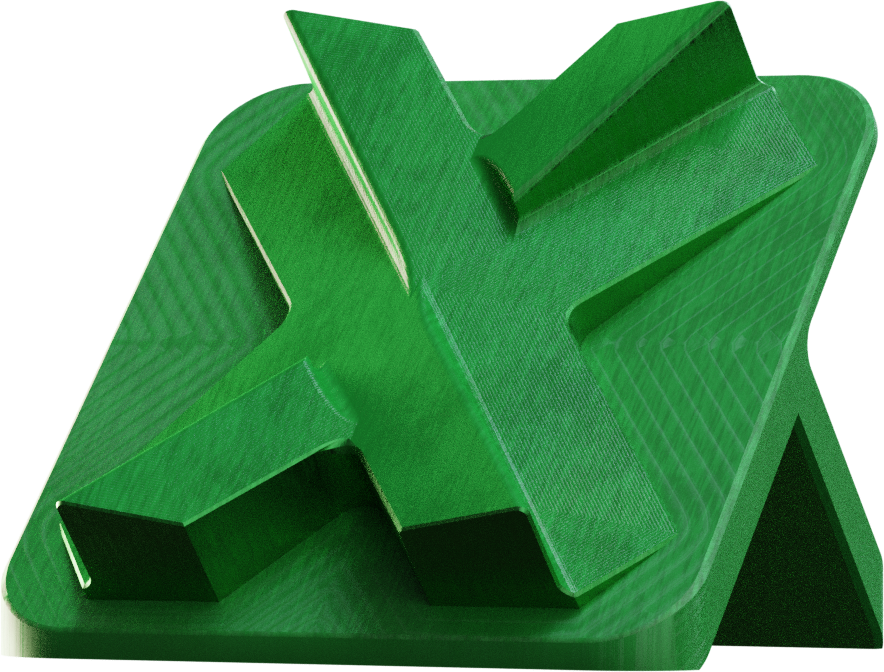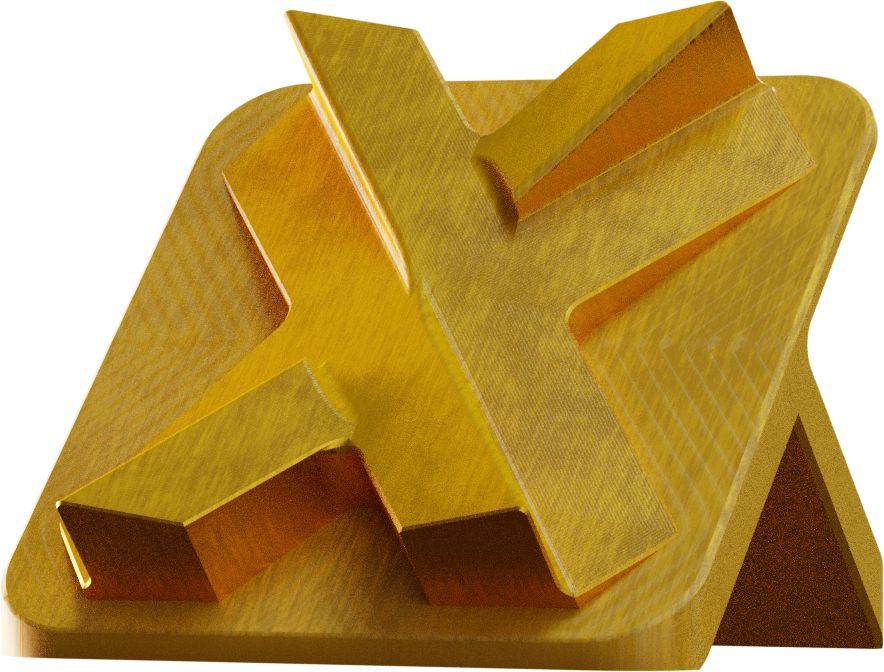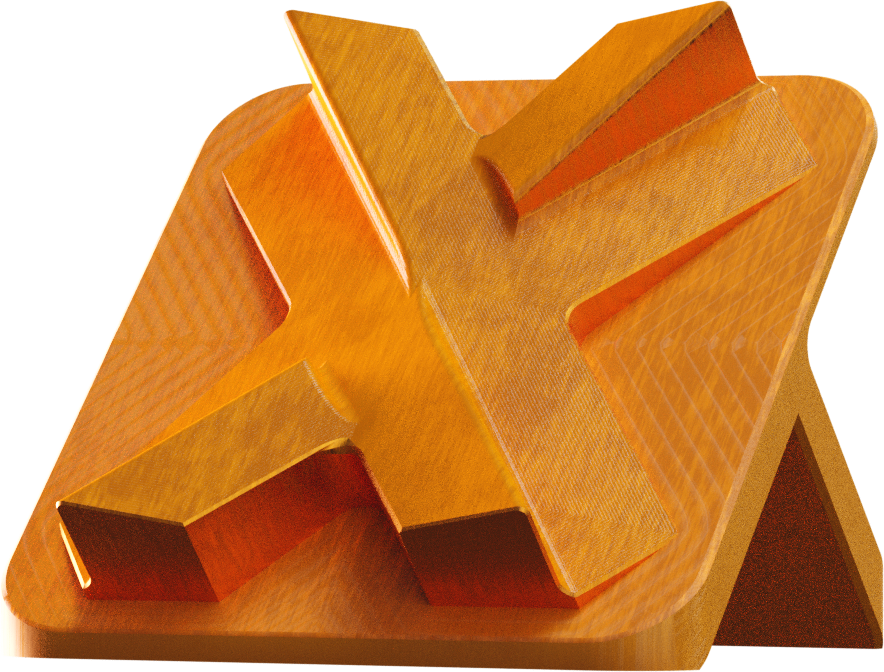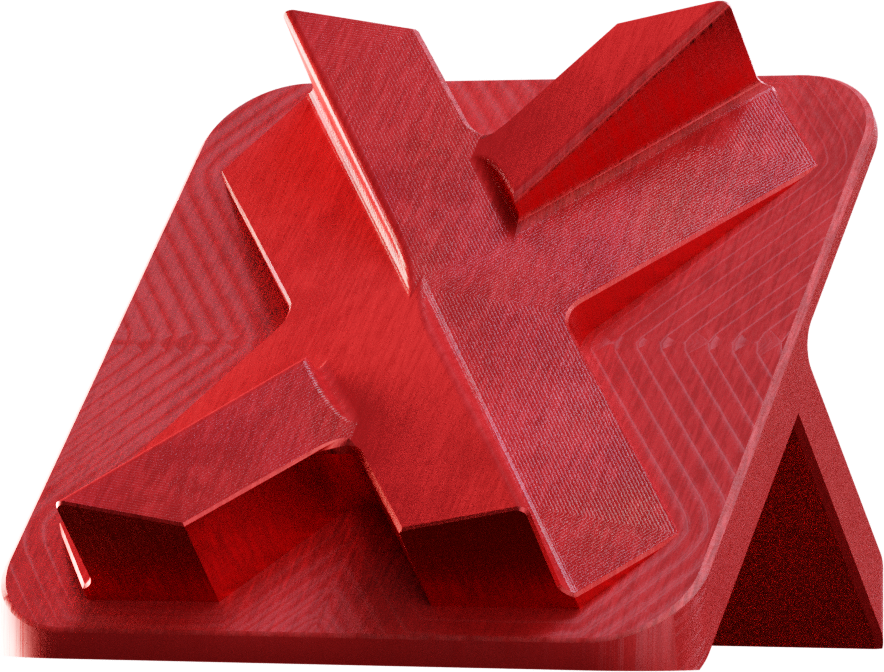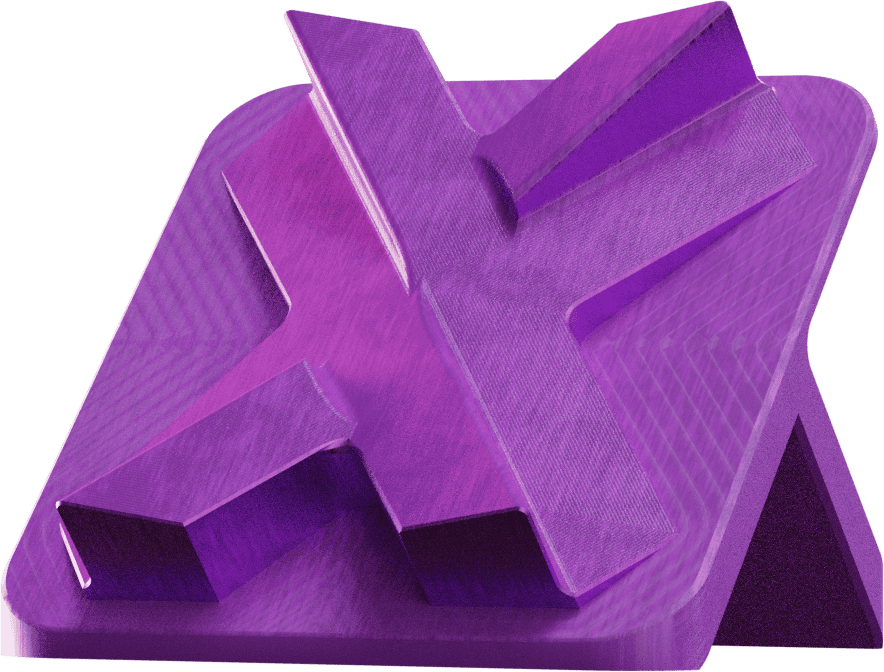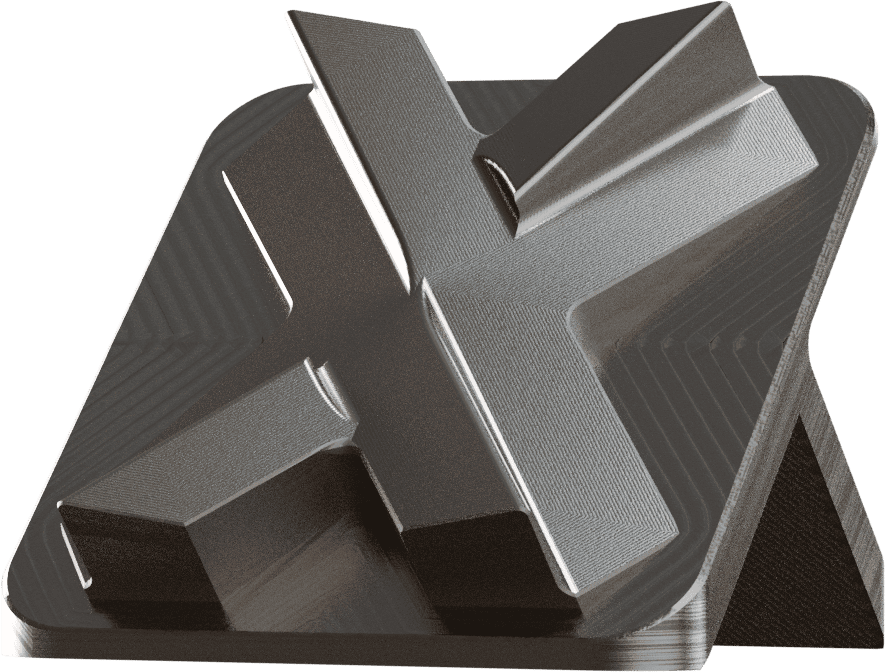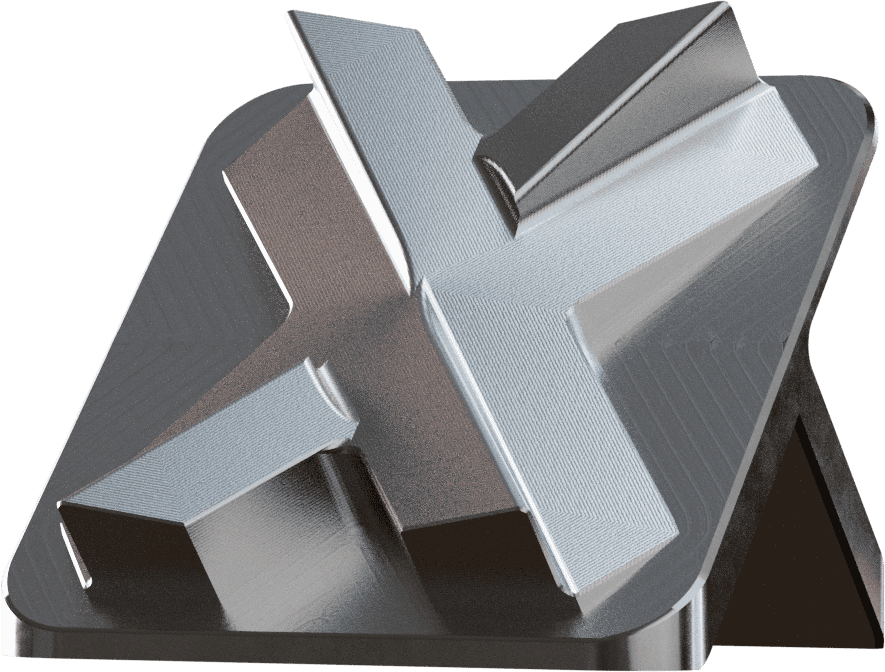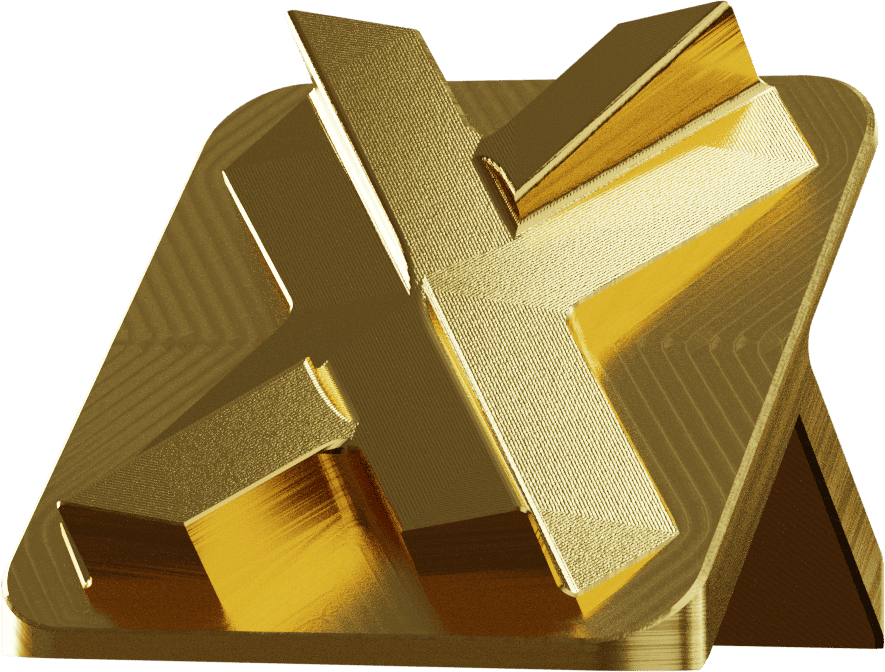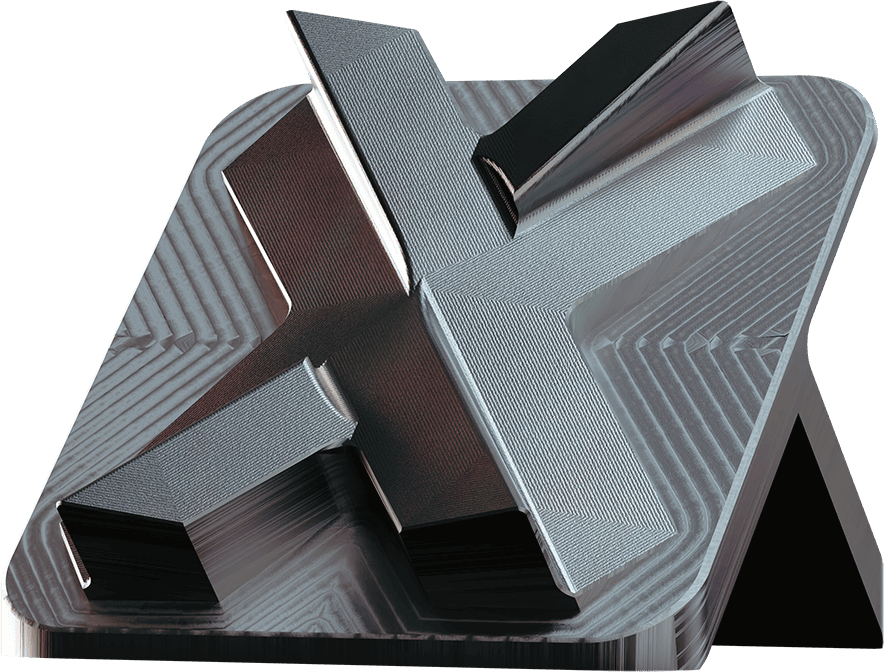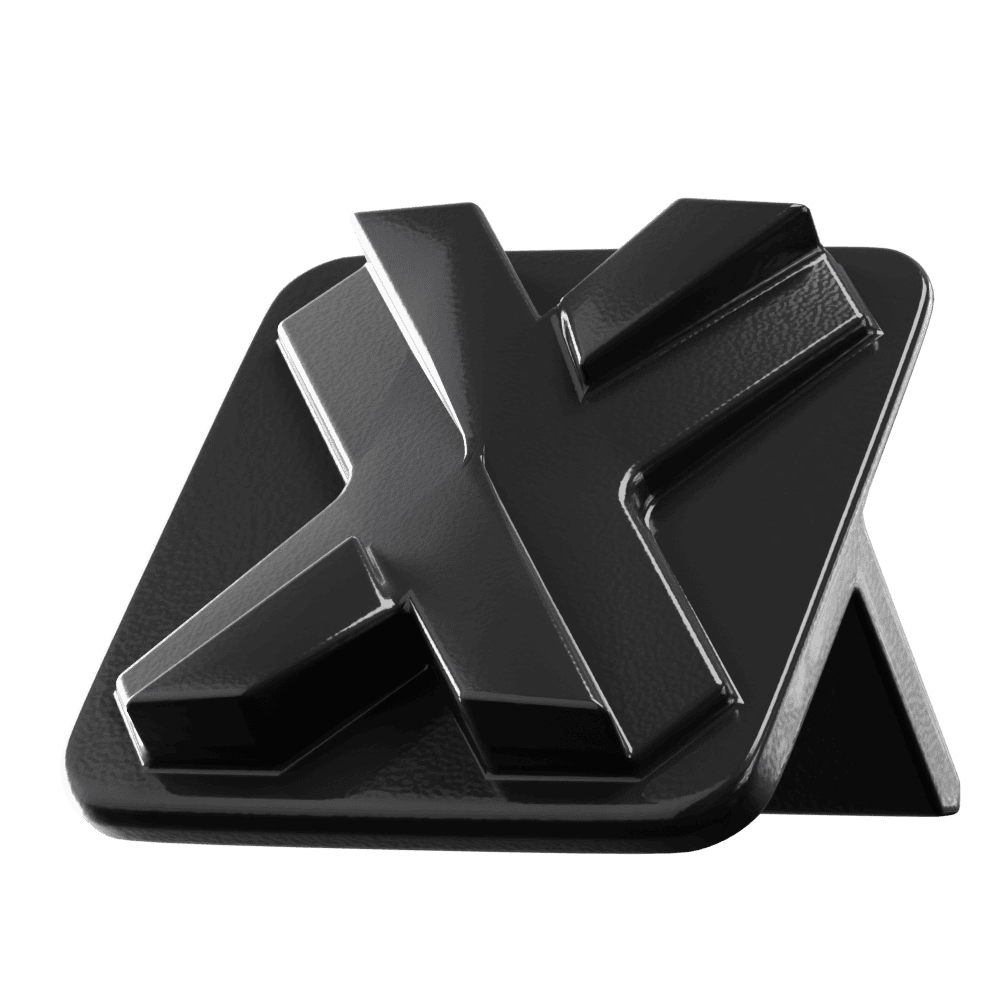Aluminium 5083 / 3.3547 / Al-Mg4.5Mn
- Alternative Designations: AW-5083 | AlMg4.5 | AlMg4.5Mn | AlMg4.5Mn0.7 | AA5083 (ANSI/AA) | N8 (BS) | AG4.5MC (AFNOR) | L-3321 (UNE) | A95083 (UNS) | A5083 (JIS) | GM4I(D54S) (CSA) | 4140 (SIS)
Colors:
- Any color is achievable with finishing
Description:
Aluminium 5083 is a medium-strength alloy with excellent corrosion resistance. It has the highest strength of the non-heat treatable alloys but is not recommended for use in temperatures above 65°C. It is also commonly used in sheet metal fabrications such as HVAC ductwork, kitchen equipment, and light fittings. It has good resistance to corrosion with good machinability. It can be welded using all standard methods but is not recommended for welding in the heat-affected zone of high-strength alloys.
Material Properties
Processes:
Special properties
- Corrosion resistance
- Weldability
| Property | Value, metric | Value, Imperial |
|---|---|---|
| Density | 2.66 g/cm3 | 2.66 g/cm3 |
| Elongation at Break | 16% | 16% |
| Hardness | 81.5 | 81.5 |
| Ultimate Tensile Strength | 270-345 MPa | 39-50 ksi |
-
Annealing
The annealing process involves the heating of a metal to or near the temperature at which recrystallisation begins without change in the stresses. After heating, the metal is cooled to room temperature in the oven or put in the sand.
Final result:
- Improved cold working capacity of the metal
-
CNC machined part without surface finishes (3D render, aluminium)Bead blasting (3D render)
Bead blasting
Bead blasting involves spraying a pressurised stream of tiny beads of media, plastic or glass beads, from a nozzle onto the surface of the part. This removes the burrs and imperfections, leaving a smooth finish.
Notes:The recommended part size is 6-600 mm in both height and width. Smaller parts are hard to hold and tough to produce an even surface.
Final result:
- Uniform, matte or satin-like appearance
- Slightly grainy in the touch
-
Black anodizing type II (3D render, aluminum shown)Blue anodizing type II (3D render, aluminum shown)Green anodizing type II (3D render, aluminum shown)Gold anodizing type II (3D render, aluminum shown)Orange anodizing type II (3D render, aluminum shown)Red anodizing type II (3D render, aluminum shown)Purple anodizing type II (3D render, aluminum shown)
Anodizing (Type II)
Type II anodize provides increased corrosion resistance and can be used as a base for paint and other finishes.
Notes:- Involves using dyes to affect the part’s surface color
- Type II coatings are susceptible to wear and may bleach or fade under prolonged direct sunlight
- Possibility of requesting custom colors (RAL)
Available colors:
- Any custom RAL color
-
Case-hardening (Carburising)
A heat treatment process which includes hardening the surface of metal while allowing the metal underneath to remain soft. As the name implies, carburising is inducting carbon or nitrogen into low-carbon alloys at elevated temperatures so that the hardenability increases.
-
Electroless nickel plating
Electroless nickel plating provides a uniform nickel coating, which offers protection from corrosion, oxidation, and wear on irregular surfaces.
Final result:
- Protection from corrosion, oxidation and wear on irregular surfaces
- Brighter appearance
-
Electropolishing
An electrochemical process that cleans steel parts to reduce corrosion and improve appearance by making the metal brighter.
Final result:
- Reduced corrosion
- Brighter appearance
-
Gold plating
Gold plating provides good corrosion and tarnish resistance. Gold has low contact resistance, excellent conductivity, and solderability.
Final result:
- Gold-like appearance
- Increased corrosion and tarnish resistance
-
Passivation
A colorless coating that improves corrosion resistance for 200 and 300 series and precipitation hardened corrosion-resistant steels by removing free iron from the surface.
-
Powder coating
Provides a continuous, protective color finish on parts using evenly applied, heat-cured paint. The finish is usually tougher and even compared to conventional painting.
Notes:Metals like aluminium and steel can be efficiently coated with polymer powders.
Available colors:
- Any custom RAL color
-
Tempering
A heat treatment method that is mainly dedicated to reducing the amount of hardness of metals. It involves heating the metal to a temperature below the critical point. The temperature is adjusted depending on the amount of hardness that needs to be reduced and it varies depending on the metal type as well.
Final result:
- Reduced hardness
- Increased elasticity and plasticity
- Reduced yield and tensile strength
-
Through hardening
Through hardening, also known as quench hardening, is a heat treatment process used to increase the hardness and strength of a material by heating it to a high temperature and then rapidly cooling it, usually by immersing it in a quenching medium such as oil, water, or air.
Final result:
- Hardened surface layer that is resistant to wear, abrasion, and deformation
- The core remains tough and ductile
 Europe
Europe  Türkiye
Türkiye  United Kingdom
United Kingdom  Global
Global 

 Login with my Xometry account
Login with my Xometry account 